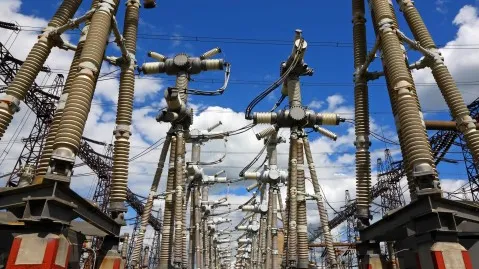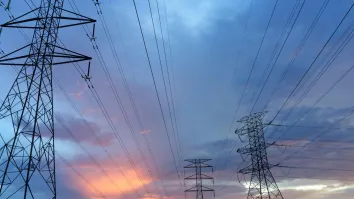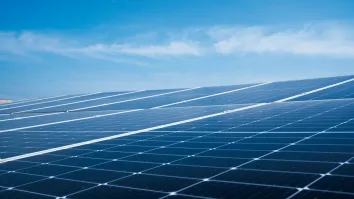
South Korea’s renewable electricity output rises 30% YoY in 2021
The increase was led by solar and biomass, according to IEA.
South Korea’s renewable electricity output posted the strongest growth in 2021, increasing by 30% compared to the output in the previous year, according to the International Energy Agency (IEA).
According to the Electricity Market Report, the renewable electricity output was mostly from solar power and biomass.
Total renewables output is expected to increase 15% annually from 2022 to 2024, it said.
Gas generation increased 22% in 2021, whilst nuclear generation slipped by 8% as some plants were offline due to long-term maintenance.
“In the next three years we expect nuclear generation to grow in absolute terms to about the same extent as renewables, increasing by 5% per year on average as four new nuclear units are scheduled to start operating,” the IEA said.
Renewable electricity from coal-fired generation decreased by around 3% in 2021 and is expected to continue declining at around the same rate to 2024 as low-carbon generation increases.
Meanwhile, renewable capacity is expected to increase by almost 50% in 2024 compared to 2021, led by solar power which is seen to grow at over 4-gigawatts annually.
Gas and coal-fired capacity is also seen to continue increasing during the forecast period as plants that were under construction go online despite government statements to phase them in the longer term, according to IEA.
The agency also expected a stable annual demand growth of over 1% to 2024, led by the industrial sector, followed by the commercial and services sector.



















 Advertise
Advertise







